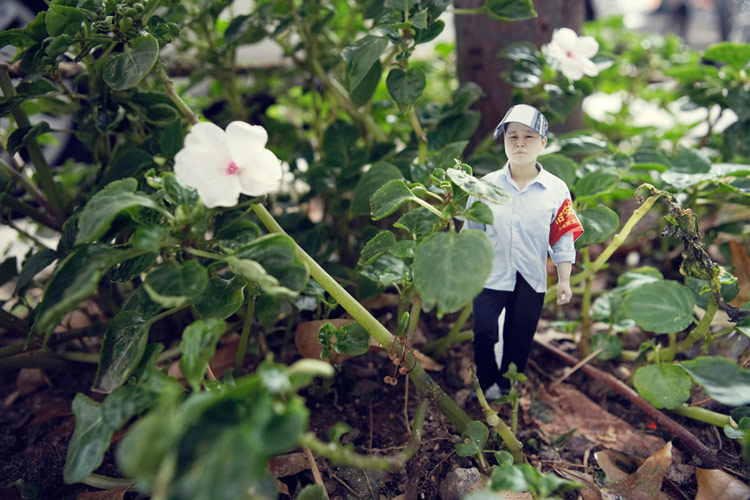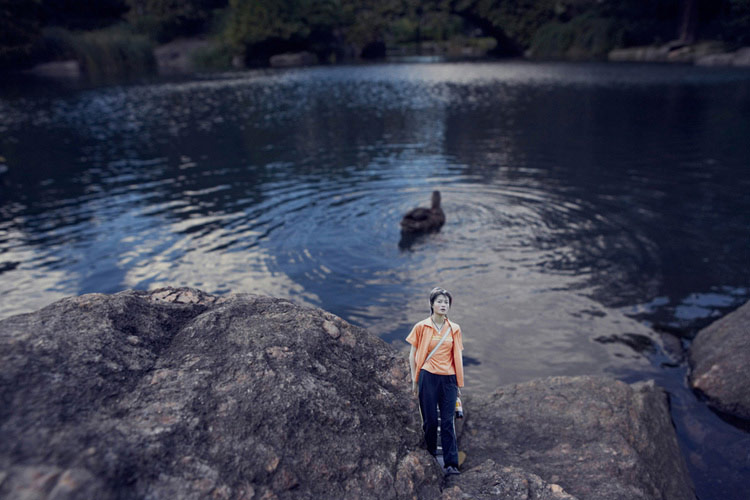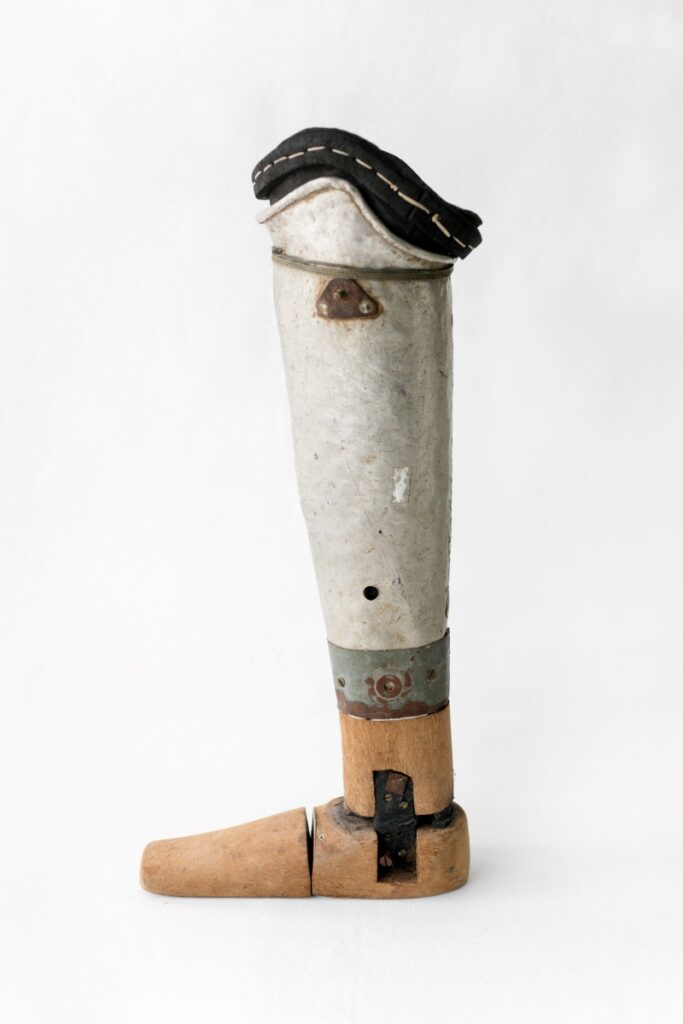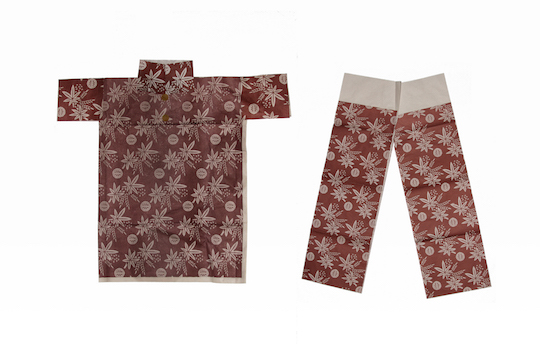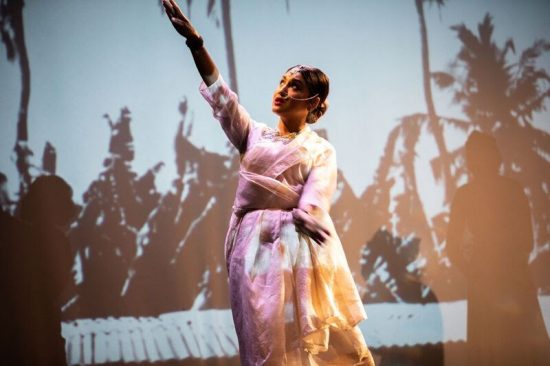John Clang’s “Beijing New York” is a product of some good old-fashioned cut and paste.
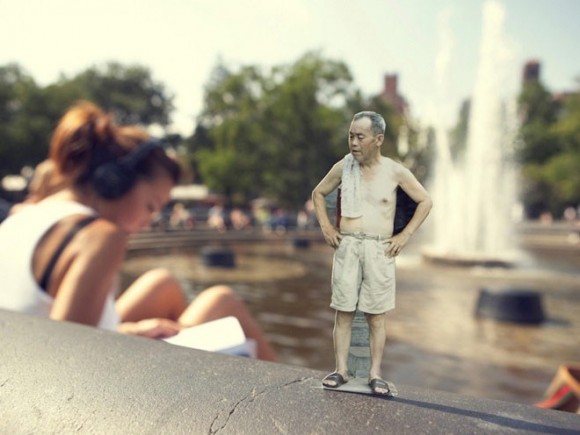
August 23, 2012
Artist John Clang has always found ways to challenge a viewer’s own version of New York City with unusual visual juxtapositions. “Beijing New York,” his recent immigration-themed project that appeared in “I See China,” an exhibit at Beijing’s Pekin Fine Arts gallery, is no different. Each photograph was made by inserting images of Beijing civilians into unmistakably New York environs, like the Washington Square Park water fountain or a guardrail in Times Square. After taking pictures of regular folk in Beijing, Clang cut paper dolls out of the prints, which he then literally taped to images of various places in the city. Clang then photographed the paper dolls at odd angles and focus settings, making the appearance of these Chinese “immigrants” all the more striking.
“For me, the actual Chinese citizens being used [in the photographs] demonstrate a dream yet to be fulfilled,” says Clang. As for the New York settings that are featured, “these are locales I constantly encounter. I wanted to involve places that are near Chinatown, and yet can feel very unfamiliar [to] Chinese immigrants.”
Clang himself is a Singaporean immigrant of Chinese descent. After apprenticing with Chua Soo Bin, one of Singapore’s most famous fine art photographers, Clang moved to New York in 1999 at the age of 26. He now lives “north of Canal, west of Nolita,” but splits his time between Singapore and New York.
“New York and Singapore both have a very special, emotional attraction to me,” says Clang. “Viewing the Manhattan skyline still gives me a fuzzy feeling. The city area of Singapore gives me the same vibe, too.”
Clang recently chatted with Open City about how he attempts to capture “strangeness” in his work. He also allowed us to run all the images from his “Beijing New York” series—but sans captions because he prefers that “readers see them and not read about them.”
Clang is now working on a series of family portraits via Skype that explores family relationships, time dimension, and distance. It will be exhibited at the National Museum of Singapore in 2013.
—
Open City: You say that a good photograph “collapses the beauty and strangeness around us into one.” What kind of “strangeness” do you look to achieve in your photography?
John Clang: I look to achieve a sense of familiar strangeness in my photography. A strangeness that’s not absurdly at odds, but remotely possible. A strangeness that evolves within our emotion.
Open City: Does the Beijing/New York project reflect something about your own Chinese-Singaporean immigrant experience?
John Clang: Yes, in a certain way. When I was 12, I longed to have a bicycle. I wanted to cycle to that horizon line, and see what was over there. Of course, I have never reached that horizon. Being in New York City, I’m constantly a stranger at home. A somewhat weird, but intimate experience.
Open City: How has the city impacted your art?
John Clang: New York is a city that everyone outside America is familiar with. People know New York from different sources; people have their versions of what New York is all about. Mostly, it’s about a dream of freedom. With that in mind, New York City becomes the best stage for my work. People from various backgrounds can relate.
Open City: Also, why Beijing? Are there any similarities or differences between Beijing and New York?
John Clang: Beijing is a top-rated city, just like New York. New York is a city of kinetic energy while Beijing is more of a static energy. They just react to things differently, but with the same purpose.





